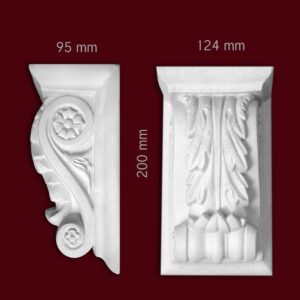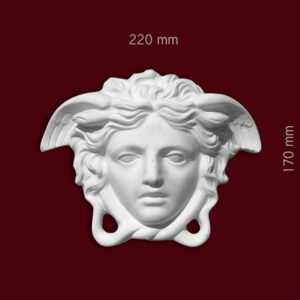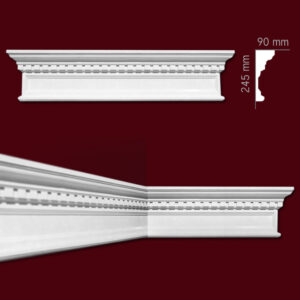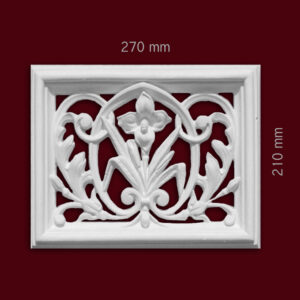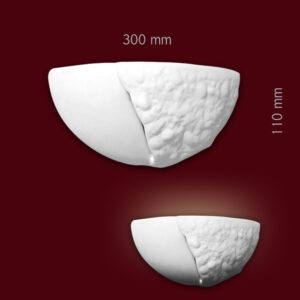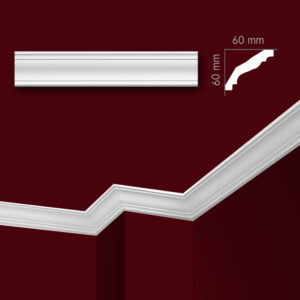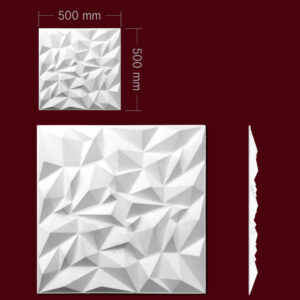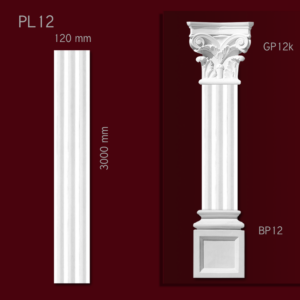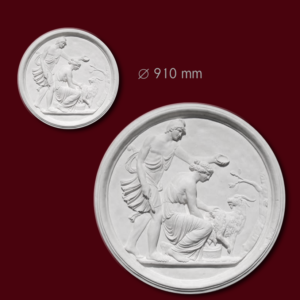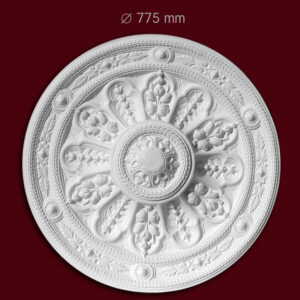Plaster is soft and easily moldable, which means it can be easily cut, engraved, carved and shaped, and can be easily applied to various surfaces as a mass that becomes hard when dry. This is useful in creating plaster coatings on walls, ceilings or other surfaces.
Plaster is a very delicate and at the same time solid material. After installation the joints become completely invisible and durable. The joints do not crack, do not deform under the influence of temperatures and air humidity, and do not discolor. You can paint our stucco with any paint of your choice. Perfect stucco connections are at your fingertips when using plaster stucco
How to achieve the perfect joint - Important tips
- Removal of Dust
Before gluing the stucco, all dust should be cleaned (Ideally with a wet sponge)
- Cutting to lengths at a 45 degrees angle
Walls are not always straight, especially when renovating older buildings. Should there be a need to connect 2 or more pieces, it is recommended to cut the stucco at an angle of 45 degrees. This will eliminate any visible gaps.
- Collecting excess cement
Always collect excess cement with a spatula and a wet sponge. Cement after hardening may be harder to remove hence this needs to be done quickly.
- Sometime multiple layers of cement are required
It is not always possible to perfectly cut the joints to size. If there is a recess it is recommended to use a cornice cement between the joints a softly sand back once dry.
- Using two types of sandpaper
Joints should be sanded back ideally with P100 grit grade sandpaper, followed by a P150 if possible.
If you have any questions please reach out, our team is always happy to help




